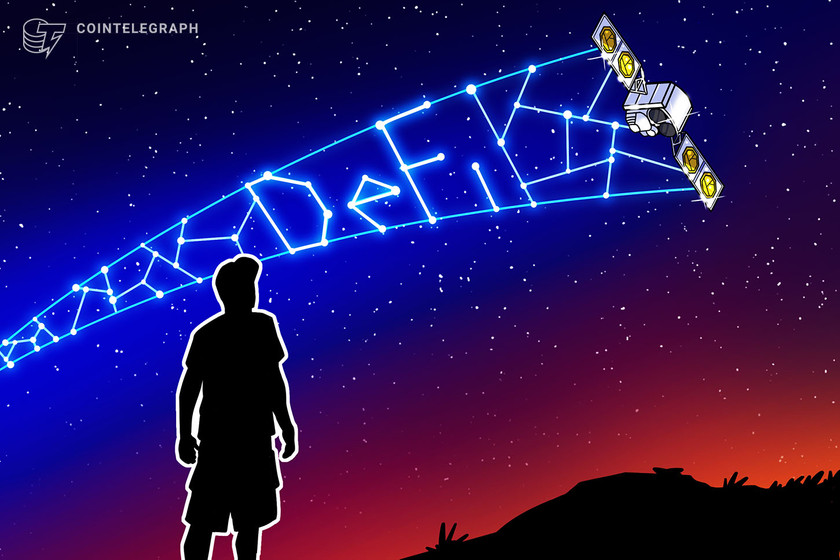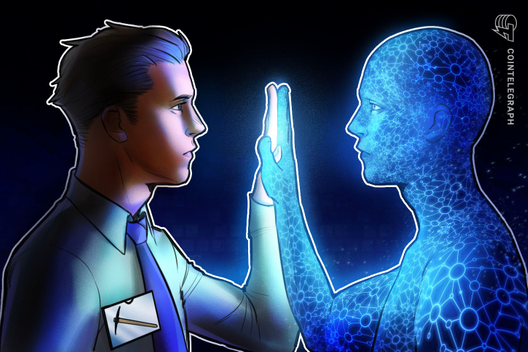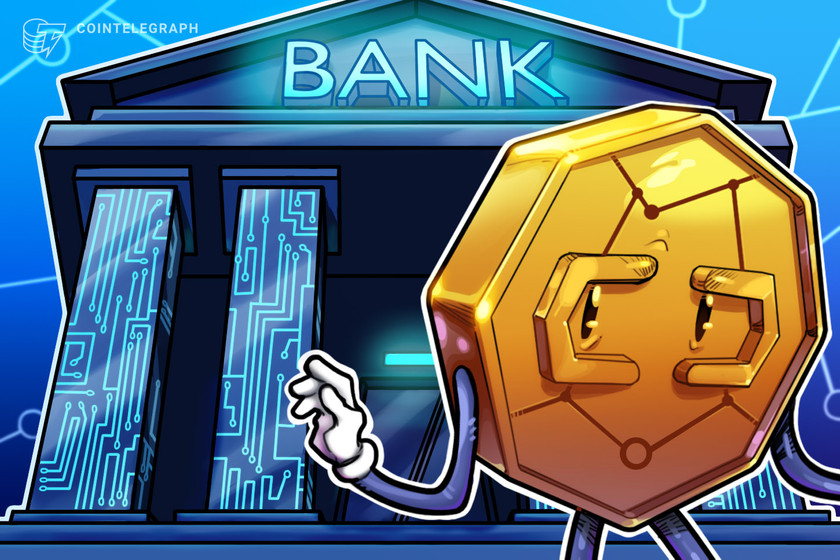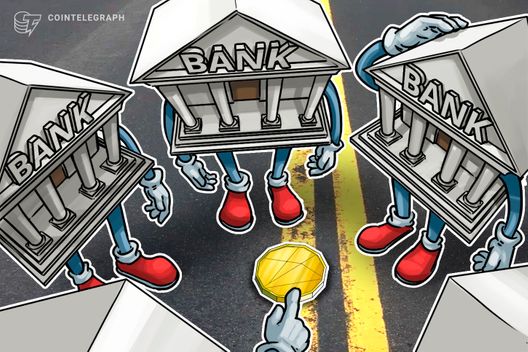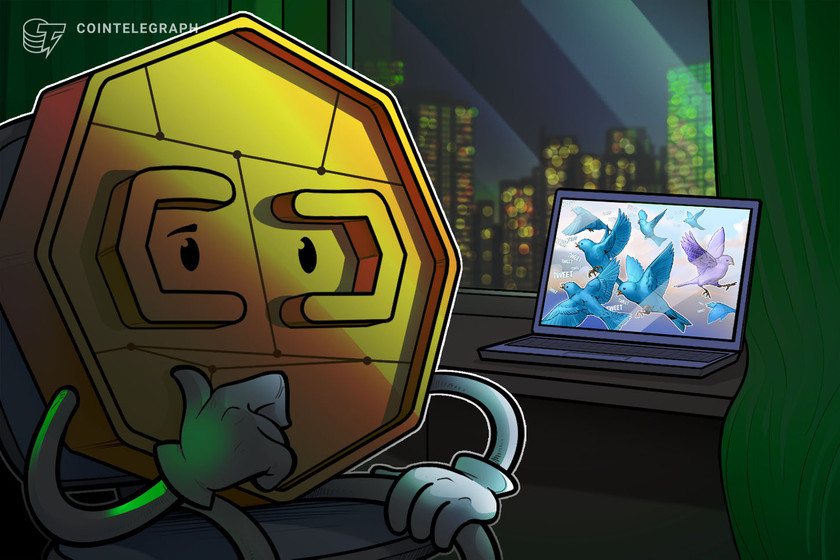Decentralized Finance, Explained
1.
I’ve never heard of this before. What is it?
Decentralized finance (known as DeFi, for short) essentially involves a brand-new monetary system being built on public blockchains.
You may know Bitcoin and Ethereum as cryptocurrencies, but in fact they are vast, open-source networks that allow anyone to create applications that enable financial activity to take place without the involvement of centralized institutions.
The motivation behind this is simple: There are an estimated 1.7 billion people who currently lack access to financial services. Although existing infrastructure has been instrumental in generating wealth, very little has ended up going to this excluded population.
Decentralization means that there isn’t a single point of failure, as identical records are kept across thousands of computers through a peer-to-peer network. Because it’s permissionless, it is also open to anyone — irrespective of their wealth or where they live. And, whereas a bank or a payment processing company can close the account of an unsavory customer, blockchains are censorship resistant.
At the beating heart of the drive toward DeFi are decentralized applications, also called DApps. These plug-and-play tools make it easy for anyone with a smartphone to access financial services at lower costs.
2.
How can decentralized finance be applied?
Advocates say DeFi has the potential to transform the lives of the world’s unbanked — and make life more affordable for everyone else.
Let’s take a look at the remittances market, in which foreign workers send billions of dollars across borders to their loved ones back home every year. The fees they face for doing this are often extortionate — eating into their modest income. DeFi services have the potential to slash these costs by more than 50%. Not only does this offer an incentive for an employee to earn more and be more productive, but it will also help support small businesses and economies on the other side of the world.
Loans are another pain point that can be addressed thanks to DeFi. Right now, it can be near impossible for the unbanked to borrow money, often because they lack credit records and history with a banking institution. DeFi platforms connect borrowers and lenders directly, eliminate credit checks, and enable digital assets to be collateralized.
Other forms of decentralized finance include stablecoins, a type of digital currency that shields consumers against the volatility of crypto by being pegged to another asset such as dollars or gold. Tokenization means real-world assets such as art, property and commodities can be owned and traded on blockchain, while decentralized exchanges mean users hold on to their funds at all times — reducing the risk of cyberattacks, a scourge that many centralized platforms have been struggling to shake off.
3.
Why is DeFi starting to make noise now?
Technology is more affordable, meaning a higher proportion of the population have access to the tools needed to benefit from DeFi.
As of January 2019, 57% of the world’s population now uses the internet on a regular basis. Although there is much more work to do, compare that number with 2013, when it was just 35%. In addition to this, smartphones are starting to become considerably less expensive, meaning they’re more affordable for the planet’s poorest. Indeed, recent research from the World Bank suggests that two-thirds of unbanked citizens now own a mobile device — the selfsame technology they need to begin exploring DeFi platforms.
Public blockchains are also beginning to become more sophisticated, and inventive DApps are being unveiled all the time. Many of them have been built on the Ethereum blockchain.
4.
What are the risks associated with DeFi?
There are some challenges that lie ahead for DeFi’s proliferation.
Even though it could transform the lives of millions of people, it’s an inescapable fact that DeFi solutions have failed to gain public awareness. Adoption in the crypto world has been modest to say the least — and according to a study published by the Cambridge Centre for Alternative Finance back in December 2018, there are just 25 million verified crypto users worldwide. When compared with the 1.7 billion unbanked people we were talking about before, it’s clear there’s a lot of work to be done.
It’s also worth remembering that even if DeFi applications manage to welcome hundreds of millions of people to its platforms, the public blockchains they rely on may lack the capacity to accommodate their demands. Visa claims it can process in excess of 24,000 transactions per second — dwarfing Bitcoin, which is capable of seven TPS, dramatically. Scalability concerns have also been a long-running thorn in the side of Ethereum, with its co-founder, Vitalik Buterin, recently admitting that the blockchain is almost full.
Volatility in cryptocurrencies is yet another concern — and even though stablecoins have been seeking to remedy this, the hurdle of regulatory compliance continues to loom large. Facebook unveiled ambitious plans to launch a stablecoin called Libra this year, but the social network has faced staunch resistance from American politicians, regulators and financial institutions. Lawmakers have expressed concern that it could undermine the U.S. dollar and throw the global economy into disarray, while banks fear it could create a “shadow banking” system.
5.
How can DeFi develop and grow?
Tackling regulatory hurdles is a vital step in helping decentralized finance thrive.
However, a big drawback in achieving consensus lies in how there are countless DeFi organizations that are working independently of one another, creating a fragmented market. And, to compound the problem, there are countless governments with conflicting attitudes toward crypto and blockchain in general. Some countries have banned digital currencies in their entirety, with the likes of India threatening to send those caught dealing in crypto to jail for 10 years.
Establishing contacts between DeFi platforms, unlocking new partnerships, and engaging in conversations with decision-makers who can help this technology reach the masses, is nothing short of vital if crypto and blockchain are going to become a compelling alternative to the status quo. Major players in the traditional financial world regularly meet to discuss economic affairs — just look at the World Economic Forum in Davos — and the bright minds aggressive pushing DeFi forward need an outlet to do the same.
6.
What is the Crypto Finance Conference?
The CFC bills itself as “the most exclusive blockchain investors’ confidence in the industry.”
Held on an invitation-only basis, just 200 attendees will be at the Crypto Finance Conference in St. Moritz from Jan. 15–17, 2020. According to the organizers, the rationale behind limiting the event’s size is ensuring that those present have the opportunity to establish meaningful connections.
Countless experts are on hand as keynote speakers — addressing topics that explore the strengths, weaknesses and opportunities for decentralized finance. Talks will explore the critical role for stablecoins in financial inclusion, an insight into how regulators are attempting to keep up with the pace of global innovation, and the expectations for DeFi in the coming years.
The CFC has hit the headlines before, with Reuters reporting that more than a dozen billionaires had headed to the “glitzy Swiss ski report” to meet with blockchain entrepreneurs. Such meetings of minds help real progress be made — furthering the cause of DeFi in a way that hasn’t been discussed before. For the conference organizers, the objective is clear: bringing together the industry experts with investors and creating unforgettable memories by offering long breaks so that high-quality contacts can be forged and deals can be struck.
Disclaimer. Cointelegraph does not endorse any content or product on this page. While we aim at providing you all important information that we could obtain, readers should do their own research before taking any actions related to the company and carry full responsibility for their decisions, nor this article can be considered as an investment advice.




